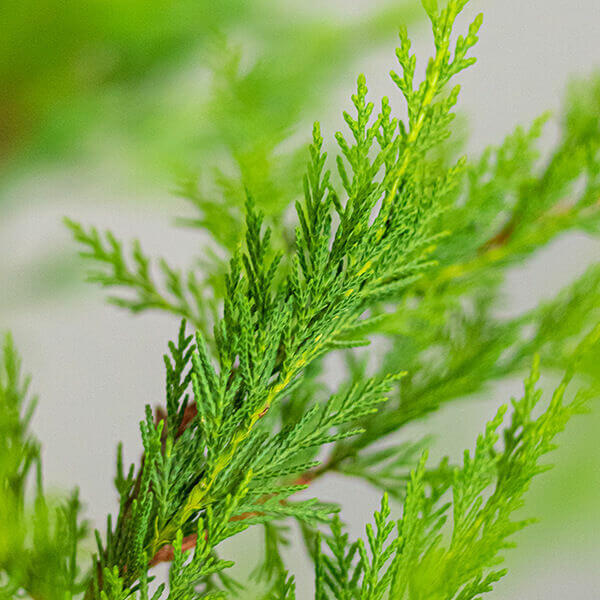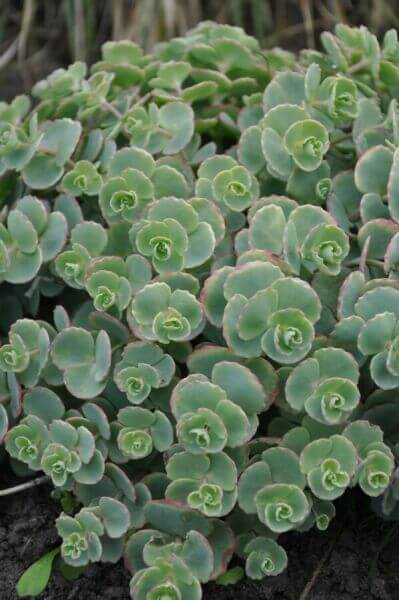Hedge Plants For Quick Privacy
Hedge Plants For Quick Privacy
Blog Article
Hedging Plants For Hummingbirds
Enhance your garden's attraction with lavish hedge ranges such as Yew (Taxus), Thuja, Laurel, Photinia, and Bamboo, commemorated for their structural stability and ecological advantages.
Yew and Thuja provide evergreen protection and winter resilience, while Laurel provides rapid growth and broad, aromatic leaves.
Photinia adds seasonal appeal with its vibrant red foliage, and Bamboo lends a low-maintenance, tranquil atmosphere.
These hedges enhance air quality, reduce sound, and create tranquil, personal areas.
Proper planting, spacing, and upkeep make sure vigorous growth and ecological consistency.
Explore how these lavish ranges can elevate your garden's charm and wellness.
Key Takeaways
Transform Your Garden With Lush Hedge Varieties
- Select Yew for its thick, evergreen development and unparalleled durability.
- Go with Laurel for its fast growth and broad leaves, guaranteeing fast personal privacy.
- Pick Photinia for its vibrant seasonal foliage, which turns a striking dark red.
- Utilize Bamboo for a low-maintenance, winter-hardy hedge with aesthetic appeal.
- Area plants 2-3 per meter and prune frequently for optimal growth and health.
Popular Hedge Plants
When transforming a garden with rich hedge varieties, it's necessary to think about popular hedge plants such as Yew, Thuja, Laurel, and Photinia due to their special attributes and advantages.
Yew (Taxus) is extremely respected for its durability and thick, green development, making it a prime option for withstanding landscapes.
Thuja is kept in mind for its evergreen foliage and robust winter durability.
Photinia adds seasonal vibrancy with red leaves that darken in time, creating dynamic visual appeal.
Laurel uses quick development and fragrant, broad leaves, suitable for quick privacy.
In Addition, Bamboo is an exceptional option for ambiance, offering a low-maintenance, winter-hardy option that boosts the garden's visual with its stylish, swaying canes.
These choices deal with a variety of horticultural needs and choices.
Advantages of Garden Hedges
Garden hedges offer a wide range of advantages, making them a valuable addition to any landscape. These natural barriers are cost-effective to implement and offer considerable wind protection, boosting air flow and contributing to noise reduction. The thick foliage of hedges like Thuja and Beech makes sure personal privacy by obstructing presence, creating a secluded and tranquil environment.
Hedges also play a crucial function in microclimate regulation, offering a steady environment that promotes plant development and reduces temperature level fluctuations. Their detailed leaf structures filter pollutants, enhancing air quality and contributing to a healthier garden community.
Additionally, hedges excel in sound decrease, absorbing and deflecting sound waves to lower ambient sound levels. This double functionality of offering both visual and acoustic privacy enhances the total tranquility and aesthetic appeal of any garden.
Planting and Maintenance Tips
For an effective hedge, precise preparation of the planting location is vital. Ensure the soil has appropriate pH and drain to support strong root advancement.
Area the plants properly for the picked species. Water the hedge frequently during its initial growth phase, adjusting as needed with seasonal changes.
Execute a systematic insect control and disease prevention technique, utilizing chemical or natural treatments when needed. Routinely examine for aphids, termites, and fungal infections.
Apply mulch to keep moisture and suppress weeds. Seasonal pruning promotes dense growth and air circulation, essential for plant health.
Following these standards will assist you cultivate a dynamic, well-kept hedge that improves the beauty of your garden.
Spacing and Trimming Standards
Spacing and Cutting Guidelines
Proper spacing and cutting are vital for cultivating healthy, aesthetically appealing hedges. Adequate spacing guarantees each plant receives sufficient nutrients, light, and air flow.
Follow these standards for ideal hedge maintenance:
- Spacing: Position hedge plants 2-3 plants per meter to motivate robust development.
- Pruning Methods: Regular pruning is essential for keeping preferred hedge height and shape. Cut brand-new growth in summer season and cut down older wood throughout winter season.
- Seasonal Care: Change cutting schedules and methods according to seasonal requirements to ensure plant health.
- Hedge Height: Regularly monitor and trim to keep the wanted hedge height and accomplish uniform visual appeals.
Complying with these actions will ensure your hedge thrives, enhancing both the appeal and performance of your garden.
Picking the Right Hedge
Selecting the Right Hedge
Choosing the appropriate hedge includes examining elements such as fully grown height, foliage density, and ecological resilience. Effective hedge plant choice requires understanding each types' development characteristics and site-specific flexibility.
For example, Yew read more (Taxus) offers exceptional longevity and thick growth, while Thuja is significant for its winter strength. Furthermore, considering upkeep requirements is crucial; fast-growing types like Laurel or Privet demand routine trimming, whereas low-maintenance choices like Bamboo or Ivy might be more effective for those seeking very little upkeep.
Ecological factors such as soil type, light schedule, and moisture conditions must likewise guide the choice process. This cautious technique ensures the picked hedges will thrive, offering both functional and visual benefits to the garden landscape.
Shipment and Planting Guidance
To guarantee your hedge plants grow, they ought to be provided by specialized carriers and planted quickly upon arrival.
Follow these vital actions for successful planting:
- Soil Preparation: Enhance the soil with natural matter to enhance drainage and nutrient content.
- Planting Depth: Develop a trench two times the width and equal to the depth of the root ball.
- Watering Methods: Water completely after planting, keeping the soil regularly wet but not saturated.
- Mulching: Use a layer of mulch to maintain wetness and reduce weeds.
Customer Support and Service
Given the important function of prompt help in horticultural pursuits, our consumer assistance team is available six days a week through telephone, email, and social media to provide professional recommendations and quickly attend to any issues. Their devotion to fast action times makes sure consumer fulfillment by solving questions connected to plant health, optimum planting techniques, and maintenance schedules.

Interaction Method
-----------------
Within 24 hours
This extensive support group, enhanced by an excellent 9.3/ 10 customer rating, highlights our commitment to improving the gardening experience for each customer.
Often Asked Concerns
The Length Of Time Does It Consider Hedge Plants to Develop?
Hedge plants usually need one to 3 years to end up being totally developed, with the specific period differing by types and growing conditions.
Efficient care throughout this vital period is important for robust growth. Consistent watering, vigilant weed control, and appropriate fertilizer application are pivotal in promoting strong root advancement.
For instance, fast-growing types like Laurel may establish quicker, while slower-growing varieties such as Yew might take longer. Thorough upkeep speeds up the establishment process, leading to healthy and thick hedges.
What Are the very best Hedge Plants for Privacy?
The concern of the finest hedge plants for privacy involves examining evergreen and deciduous alternatives.
Evergreen hedges like Thuja, Laurel, and Cypress offer year-round coverage, making sure continuous privacy.
On the other hand, deciduous hedges such as Beech provide seasonal privacy, shedding leaves in cooler months.
Secret maintenance tips for personal privacy hedges include regular cutting, fertilizing in spring, and appropriate spacing-- typically 2 to 3 plants per meter.
In addition, consistent watering and thorough weed elimination are essential for promoting healthy, thick growth.
Can Hedge Plants Bring In Wildlife to My Garden?
Yes, hedge plants can draw in wildlife to your garden by providing necessary benefits like shelter, food, and nesting websites, thus enhancing local biodiversity. For instance, yew, holly, and laurel are exceptional for attracting birds, while ivy supports a range of insects.
However, it's crucial to note that there are some downsides, such as increased maintenance to manage bugs and regular maintenance. Thoroughly selecting and keeping hedge varieties can help balance these drawbacks and benefits, eventually fostering a sustainable and lively ecosystem in your garden.
Are There Any Blooming Hedge Plants Available?
Yes, there are flowering hedge plants readily available that can enhance the charm of your garden.
For instance, Elaeagnus, likewise known as Olive Willow, produces aromatic white flowers in the fall, including a touch of elegance.
Photinia, another popular choice, showcases dynamic red leaves that grow into an abundant green, creating a dynamic visual impact throughout the seasons.
To guarantee these plants grow, it's important to practice proper pruning methods and seasonal upkeep, such as cutting brand-new development in the summer season and cutting back in the winter.
These measures will help preserve the health and aesthetic appeal of your flowering hedges.
How Do I Prevent Insects in My Hedge Plants?
To avoid insects in hedge plants, utilize natural insect control techniques and keep correct hedge care. Present useful pests like ladybugs, which victimize damaging insects, to produce a well balanced community.
Routinely examine your hedges for signs of invasion and quickly eliminate any affected parts to prevent the spread. Make sure the health of your hedges by using well balanced fertilizers and offering sufficient water.
Utilize mulching to retain soil wetness and correct spacing to minimize plant stress and promote robust growth. These practices jointly assist in lessening pest issues and keeping a healthy hedge.
Conclusion
In essence, selecting the ideal hedge varieties such as Yew, Thuja, and Laurel can transform any garden into a serene sanctuary. These plants offer year-round greenery, boost aesthetic appeal, and offer useful benefits like noise decrease and wind security.
Proper planting strategies, accurate spacing, constant watering, and seasonal cutting are vital for optimum growth.
Reputable delivery services and professional customer assistance guarantee a smooth experience from purchase to planting, making it simpler than ever to raise your outside space.
Garden hedges use a wide range of advantages, making them a valuable addition to any landscape. These natural barriers are cost-effective to carry out and provide substantial wind protection, boosting air circulation and contributing to sound reduction. The thick foliage of hedges like Thuja and Beech makes sure privacy by blocking visibility, producing a remote and serene environment.

Pruning Techniques: Routine pruning is vital for preserving desired hedge height and shape. Cut new growth in summer season and cut back older wood during winter.
Report this page